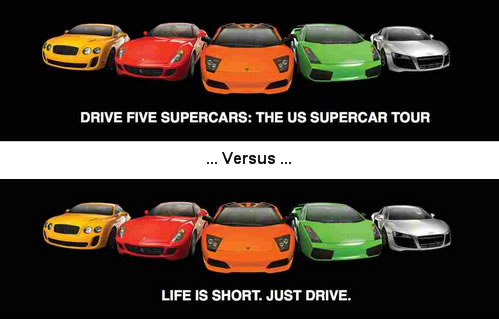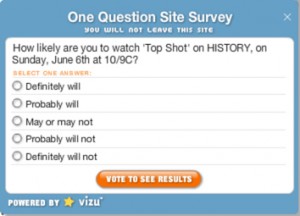Since Jeff Han first presented multi-touch screen technology, there has been a great deal of speculation on which industry would be first to make use of it. The industry first to reap profits from another breakthrough technology — personal video players — was not surprising “adult entertainment.” But manipulating images on a cool glass monitor is hardly conducive to this, er, prurient interest. Allow another vice, or maybe two, to step in and fill the void.
Of course! Drinking. And eventually, gambling.
Thank you Mike Luedke, of Dinefly fame, for tipping me off to this extraordinary application of Microsoft Surface technology. As this report explains:
The six rectangular tables with built-in 30-inch flat screens using Microsoft Surface technology were installed in a lounge at the Rio All-Suite Hotel & Casino in Las Vegas, with custom applications built for Harrah’s.
A spokeswoman for Microsoft said the units sold for a base price of $10,000.
A program called Mixologists lets patrons play bartender by creating and ordering concoctions of whatever cocktails and mixers they click on. The system is able to remember users’ drink orders and, one day, may be able to offer customers the same drink at other Harrah’s locations, such as when they play a slot machine.
Another program lets users watch YouTube videos, either by searching or choosing from a list of popular videos. Harrah’s officials said they reached a licensing deal with YouTube on Wednesday.
The table also includes a program called Flirt, which lets customers sitting at any such table in the lounge see and chat with each other, take and e-mail pictures and even trade cell phone numbers.
Okay, so maybe there is a tie-in to prurient interests. Or at least hooking up. Regardless, this is a brilliant application from Harrah’s, a group that has already shown its mastery in customer relationship marketing.
I’ll be curious, when my parents next travel to Vegas, to see if these tables will suck them in. They are long-standing members of Harrah’s Club. I hope they do. I would love to see how data from interactions with these bar tables are used to further improve their experiences at the casinos and beyond.
Speaking of my parents, Have a great Father’s Day weekend, dad!

